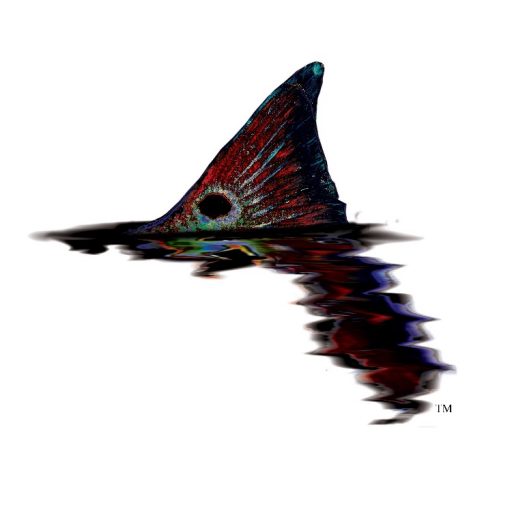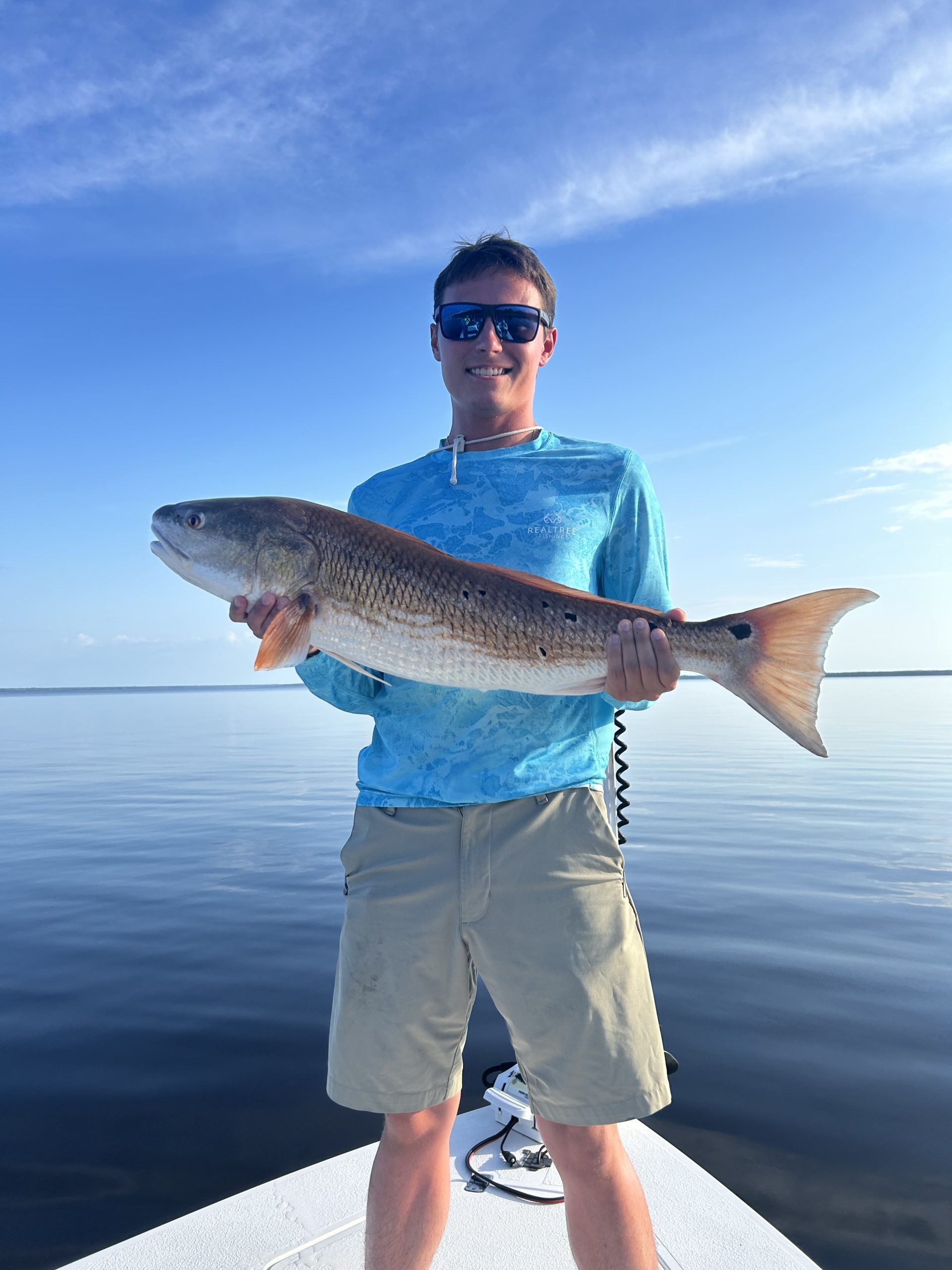Deep sea fishing needs a bit of extra skill to be successful. You need to be able to read the water, know what fish are biting, and have the right gear.
Reading the water is crucial because it will tell you where the fish are. To be successful at deep sea fishing, you also need to know how to tie suitable knots. After all, the wrong knot can mean the difference between a big catch and a big disappointment.
This piece will show you some of the most popular deep-sea fishing knots and how to tie them. With some practice, you can secure them like a pro, so let us get started!
Palomar Knot
It is a popular fishing knot, and for a good reason – it is strong, simple to tie, and versatile. It is a versatile fishing knot that can be used for various purposes. It is most commonly used to secure a fishing line to a hook, but it can be used to tie two pieces of fishing line together.
When tying the Palomar knot, it is necessary to use a high-quality fishing line. It will help to ensure that the knot is strong and does not come undone. It is essential to ensure that the knot is tied correctly. It could come undone or break the fishing line if it is not secured correctly.
To tie the Palomar knot:
- Your first step is to thread the fishing line through the eye of the hook.
- Tie an overhand knot around the standing line.
- Take the end of the line and pass it through the eye of the hook again.
- This time, pass it over the top of the overhand knot.
- Finally, pull on both ends of the line to tighten the knot.
The Palomar knot is an excellent choice for a variety of fishing applications. It is strong, simple to tie, and versatile. Give it a try the next time you go deep sea fishing!
Double Uni Knot
The double uni knot is one of the most versatile knots out there. It can be used for everything from attaching a leader to your fly line to attaching a tippet to your leader. It is also solid, so anglers often use it to target big fish.
To tie it correctly, you should know a few things about the double uni knot. First, you must guarantee that you use a moistened line when tying the knot. It will help to ensure that the knot does not slip. Second, you need to be careful not to overtighten the knot because if you do, you risk breaking your line.
Once you have tied the double uni knot, you can use it for just about anything. It is beneficial for attaching a tippet to a leader, as it creates a strong connection that will not slip.
Conclusion
There are a variety of fishing knots, each with its purpose and use. By understanding the different types of knots, anglers can better select the right one for the job, whether tying the line to a reel or luring in a big catch. With practice, anyone can become an expert at tying fishing knots.
Now that you are prepared to go deep sea fishing, you should charter a boat from Showintail Inshore Charters. We provide seasoned captains and guides who will ensure you enjoy every minute. Book your trip with us today!



Comments are closed